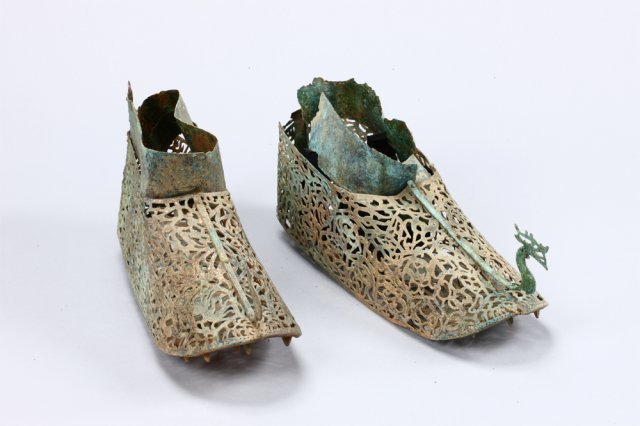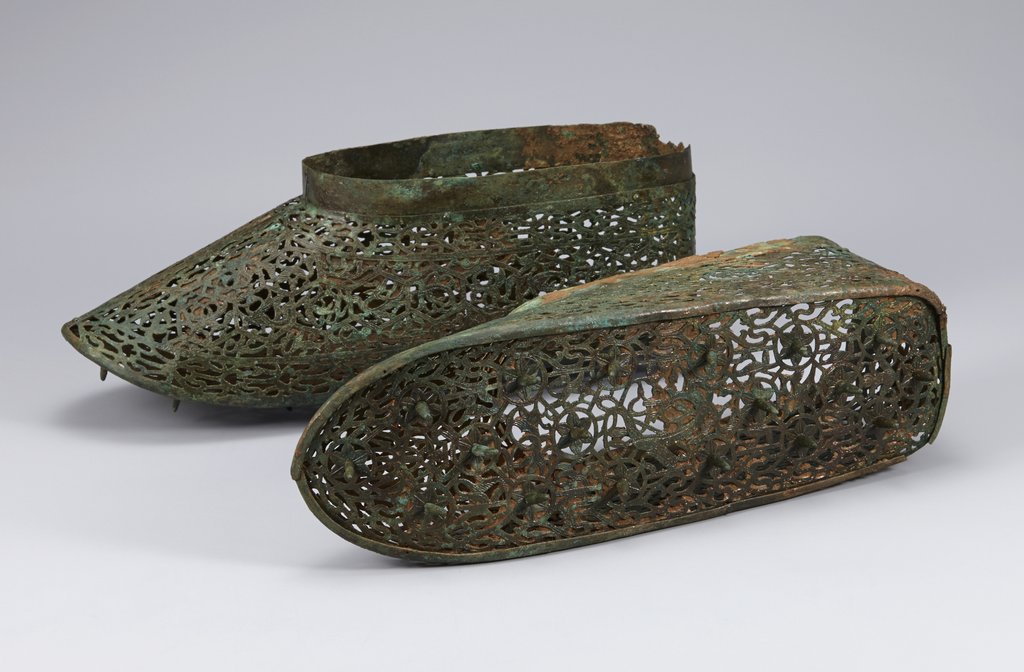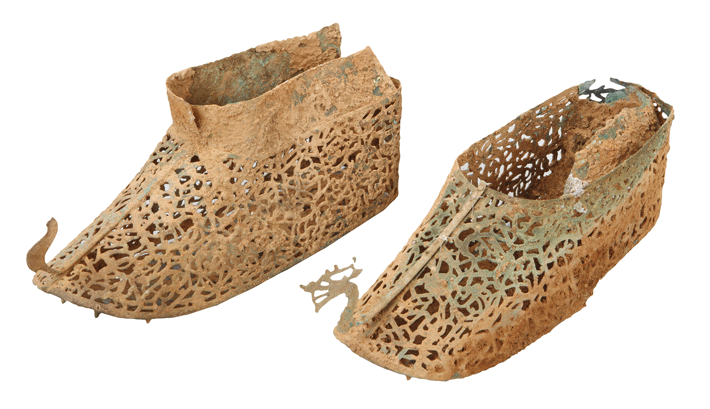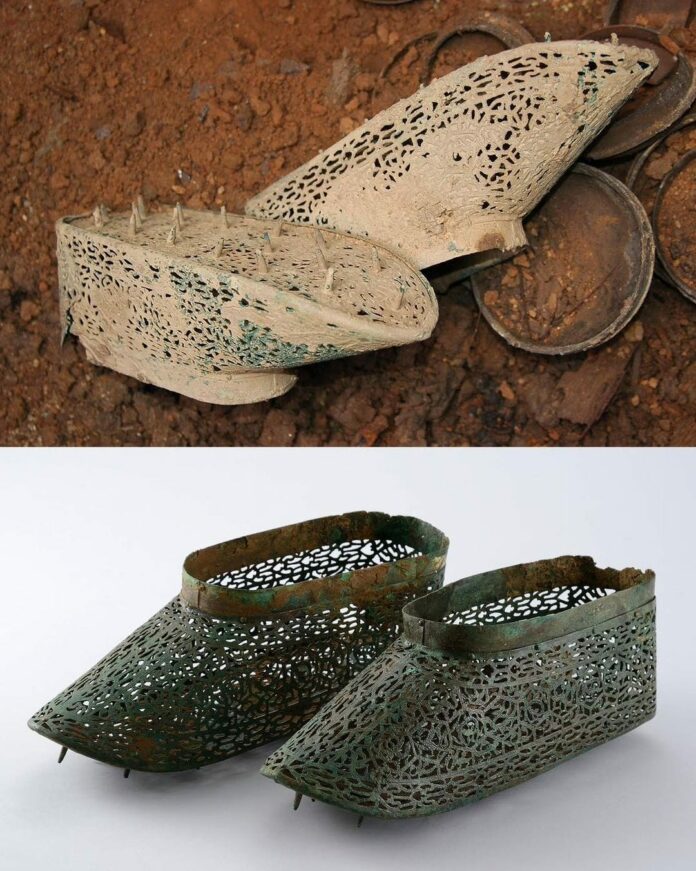The ancient kingdoms of the Korean peninsula have long captivated historians and archaeologists, revealing the rich cultural heritage that once flourished in this region. In a recent development, the Cultural Heritage Administration of Korea has announced the designation of two pairs of extraordinary gilt bronze shoes as national treasures, shedding light on the burial practices and material culture of the Baekje kingdom during the era of the Three Kingdoms of Korea.
The Significance of Gilt Bronze Shoes

Gilt bronze shoes are a testament to the sophisticated artistry and craftsmanship of the Baekje people. These intricate metal artifacts were commonly buried alongside the deceased, alongside other precious adornments such as earrings, necklaces, and bracelets. The discovery of these well-preserved shoes offers a unique window into the funerary customs and social hierarchies of the Baekje kingdom.
Unearthing the Bongdeok Village Shoes

The first pair of gilt bronze shoes to be designated as national treasures were discovered in the tomb No. 1 at Bongdeok village in Gochang County, North Jeolla Province. These ceremonial items, dated to the mid-fifth century, are believed to have been worn by a member of the ruling class during their funeral rites. The shoes’ distinctive boat-like shape and intricate decoration with dragon, lotus, and other patterns suggest they were produced by the central government of Baekje and presented to a prominent local figure.
The Jeongchon Tomb Shoes

The second pair of gilt bronze shoes to be recognized as national treasures were excavated from the Jeongchon tomb in Naju, South Jeolla Province. Estimated to have been made in the late fifth century, these shoes feature a unique dragon head decoration on the top side, setting them apart from other Baekje gilt bronze footwear found so far. The Naju National Research Institute of Cultural Heritage has determined that these shoes belonged to a woman in her 40s, providing invaluable insights into the burial practices and social status of women in the Baekje kingdom.
Conclusion
The designation of these two pairs of Baekje gilt bronze shoes as national treasures is a significant event in the study of Korean cultural heritage. These exquisite artifacts not only showcase the artistic prowess of the Baekje people but also shed light on the complex social and religious customs that shaped the lives and deaths of the kingdom’s elite. As these national treasures are preserved and studied, they will continue to captivate and educate scholars, historians, and the public alike, deepening our understanding of the rich and diverse history of the Korean peninsula.
